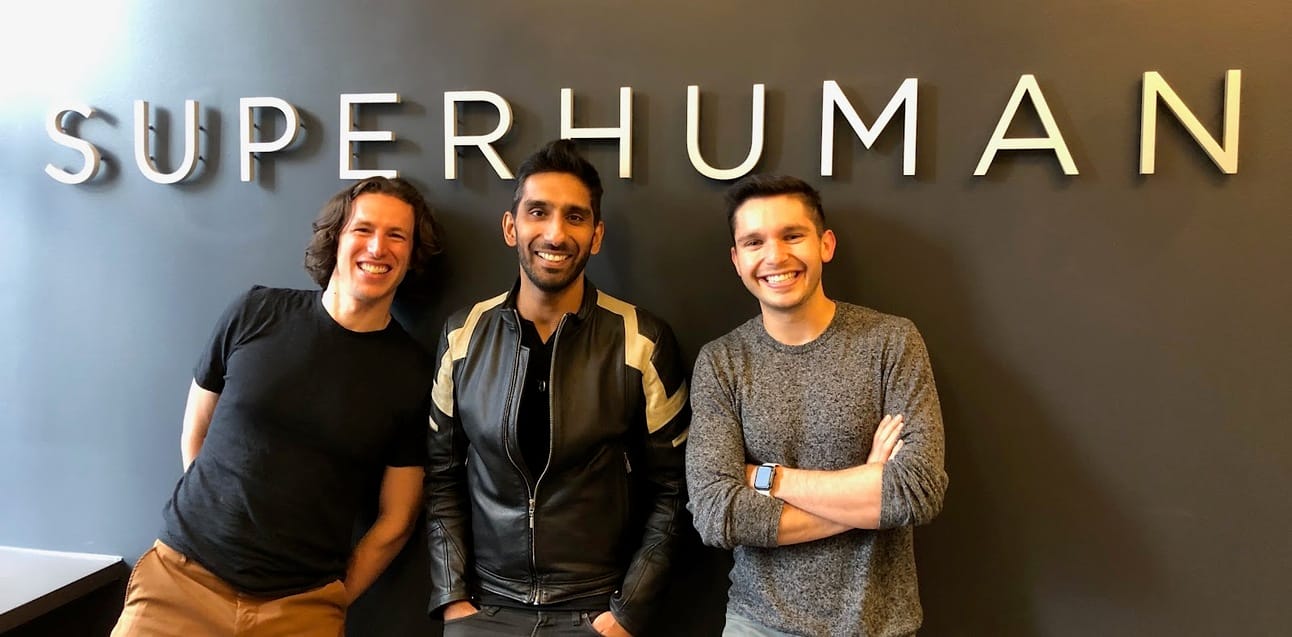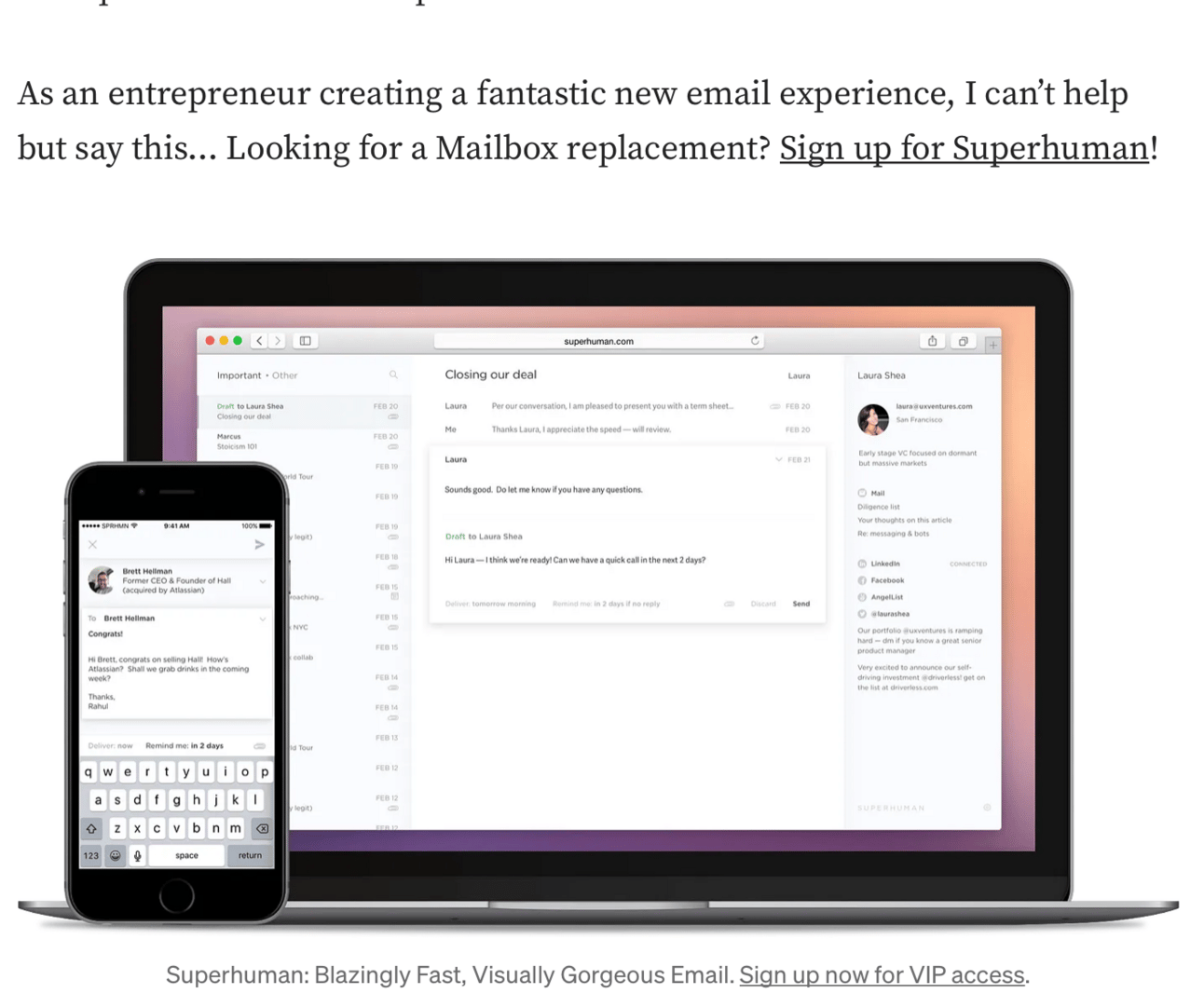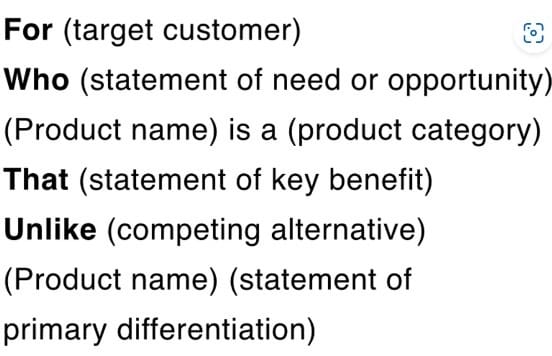Welcome to the 17th edition of GrowthDeck! If you enjoy reading deep dives like this, please share it with your friends or colleagues who would appreciate it. Now, let's dive in!
Today I'm going to walk you through the story of how a dropout from Cambridge University built an Email client which is clocking more than 15 million in revenue now. He turned the mundane work of emailing into a fun game by gamifying the whole experience from scratch. Now his Email client is used by almost all of the big VCs and successful founders all over the world.
The email client I'm talking about is Superhuman and the dropout is Rahul Vohra. The whole journey started after his first company was acquired by LinkedIn.
What is Superhuman?
Superhuman is a paid email client that uses keyboard shortcuts, AI-powered features, and customization to make it faster and easier to manage your email. With Superhuman's keyboard shortcuts, you can compose, send, delete, and archive emails with just a few keystrokes.
The founder describes that it is a blazingly fast email service which can save you 4 hrs every week. In 2020 superhuman had 50k paid customers and 275k people on the waitlist!
Journey of superhuman
Their journey started when Rahul was working with LinkedIn after they bought his first company, Rapportive, which he built after he dropped out of college. It was a Chrome extension email add-on which displayed social media information about contacts inside users’ inboxes.
He took some time off from LinkedIn to start his next venture but he was devoid of ideas and started looking for more.
One day he came across a report published by MCkinsey stating that an average person spends approximately 3 hours a day on email, Considering that there are around 1 billion knowledge workers globally, this means that 3 billion hours per day on email which is equivalent to about 350,000 years of email activity per day or the same duration since the emergence of Homo sapiens as a species.
He noticed how slow and annoying Gmail was. It Was plagued by bugs, which caused problems such as emails being lost or deleted. He couldn't stop thinking about this problem and so he decided to buy the domain superhuman.com and solve it.
Since Rahul ran all the email integrations in LinkedIn after the acquisition he knew what was exactly wrong with Gmail, in fact, his original investor pitches were literally a screenshot of Gmail's interface where he pointed out all of the little things that added up to make the product experience worse.
With $750k seed money in 2015 with Conrad Irwin and Vivek Sodera as co-founders he wrote the first lines of code and made a landing page where he asked people to drop their emails and started cold emailing those people.
From the first MVP superhuman has evolved into an email client which still has a waitlist of over 450k people. Here's a quick look into their journey!

SUPERHUMAN'S GROWTH DRIVERS:
1. Creating FOMO
This strategy is gold but it's really uncertain, as a founder it's really important to look up to the recent events and opportunities to show out your product. For Superhuman it was the shutting down of the mailbox ,another 3rd party email client who promised to offer fast emailing was shutting down and getting accquired by dropbox. About 1mn people signed up for mailbox and now that it's shutting down people were searching for alternatives and Rahul leveraged this event by writing one of his famous post on medium ”RIP Mailbox, or: Founders, how to stop worrying and love being acquired”
This post became quite viral in his community and he started publishing it in 3rd party websites, he took 4 days to write it and it’s one of main reasons which brought relevance to the situation and drived around 5000 signups for their website.This was the first pivotal moment for the startup.

2. A Strong Brand Positioning
After spending a lot of days reading books on the proper positioning of the company the team started brainstorming about it and Rahul came across an amazing article written by Arielle Jackson who was the product marketing manager when Gmail first launched. She had created a perfect framework from years of advising a lot of brands.

so after reading this, the team came up with an amazing positioning.
for leaders and managers of high technology high growth companies,
superhuman is the fastest email experience ever made especially for those who feel like their work is mostly email it's what GMail could be if it were built today not 15 years ago and in superhuman everything is
meticulously crafted blazingly fast and happens in 100 milliseconds or less now.
3. Picking a limited customer segment in the beginning
Superhuman's onboarding process was quite different, many people had a negative perspective about the onboarding process. From those 5000 signups the startup selectively picked 1000 people and started having concierge onboarding and the founder did it by himself. Often he'd meet his customers with a bottle of wine or a gift and demonstrate how the product works , the keyboard shortcuts and features like a game.
Here's why Rahul tried on the concierge calls approach: After observing quite a lot of productivity startups (especially SaaS) that failed he noticed an interesting pattern, they launch their products in platforms like Product Hunt, and ended up getting tons of thousands of signups but when a broader segment of customers uses the software, they break a lot of things report a lot of error and if the company doesn’t fix it on time ,the customers get disappointed and leave the product. so in the early days, he onboarded 4 or 5 people a week a relatively very small number,but then the product got better(lesser bugs) and they onboarded 10 people a week 20 people a week and then went on to 1000s of people a week.
Thus creating more hype around the product and reducing churn in the whole process.People can skip waitlist only through referrals from the existing customer and the existing customer gets rewards for referrals thus increasing word of mouth.
4. Pricing the product from the beginning
From early on every superhuman's user is a paid customer, the company targeted VCs from Silicon Valley in the beginning , the founder would sit down and give the demo of the product and ask them about what pricing would be comfortable for them to pay for the service. Rahul in a podcast also mentioned that most companies with a freemium model create more churn as they suddenly try to price the features to find cash flow. People will get annoyed and leave the product. He experienced this while building his first startup where he was too scared to price his core product.
But superhuman costs around 30 bucks a month which is quite a lot for email, but still people pay for it. The company found a better business model by asking one question to their customers from the van Westerdorp's pricing strategy:
”At what price would you consider the product to be getting expensive, but still worth considering?”
This helps identify the price range where customers perceive the product to be reasonably priced and offer good value.
5. Make games not “products”
Most people have this common misconception that gamification is just about levels and rewards when you complete a task but Rahul described that would actually make people lose interest in the product. He also says that the referral process to skip the waitlist is similar to the first quest in a role-playing game,to skip the waitlist the first task is to go find other people in twitter who already have access to Superhuman and get a referral.
The onboarding process serves as the tutorial level, where users learn the controls and the goal. The controls in Superhuman are the keyboard shortcuts, which are a novel form of control for many users. The goal of Superhuman is to achieve inbox zero, which is sold to users during onboarding. The founder leveraged the psychology of achievement, pride and emotional stimulation to enhance the UX of their email software. “Inbox zero “ refers to a state when your email box is empty with nothing for you to reply. When you hit Inbox Zero in superhuman stunning imagery it broadens the emotional repertoire of the users. Leading to more customer satisfaction.
6. making people get used to the service
Before even the onboarding call, you pay for the monthly plan and during the call, the expert asks you to replace your Gmail or outlook with Superhuman and teaches you everything. Even if you don't like it you still choose to use it for a month before the month gets over you are used to the faster emailing service and hate switching back to gmail. Superhuman leveraged this by introducing many keyboard shortcuts.
7. Increased word of mouth through signature
Superhuman is a premium product and every email sent through it has a sent by superhuman signature, which increases word of mouth and a strong brand. Since the earliest users were mostly VCs and founders word of mouth increased at an insane rate among Silicon Valley.
That’s all for today. This is a Guest edition written by Aish it took her about 25 hours of effort. If you think your friends or colleagues would like this, please share this link. Also, please consider following her Twitter (Aish) and sharing this newsletter.